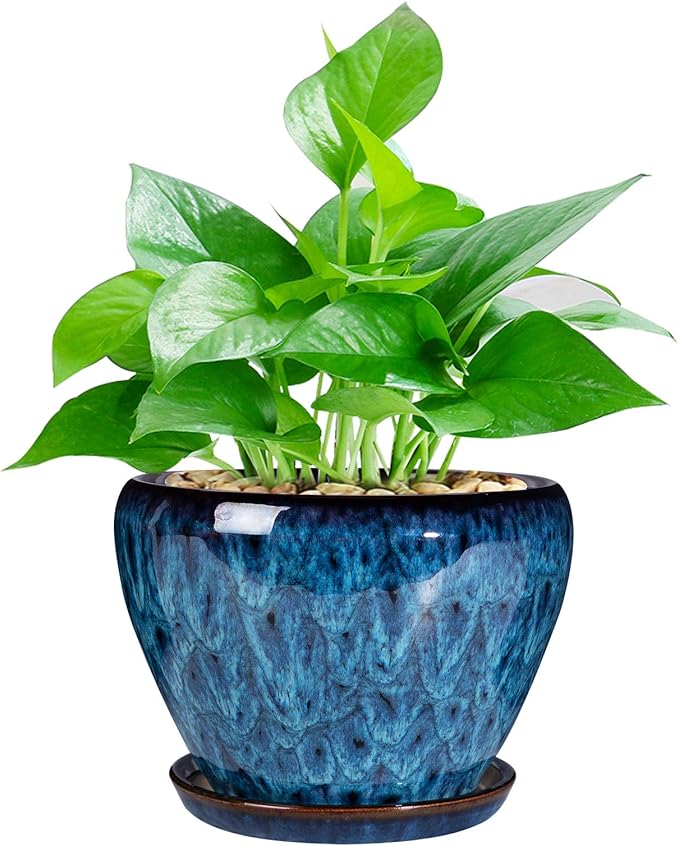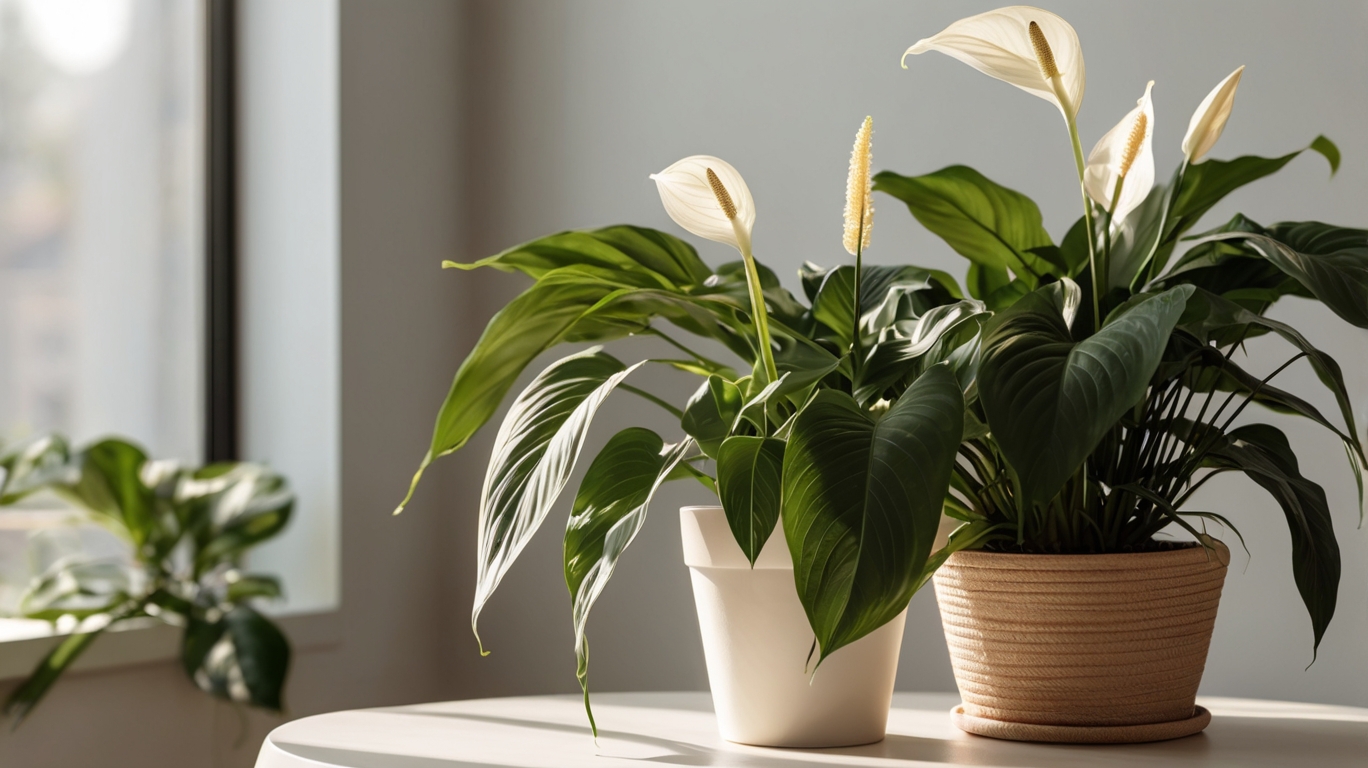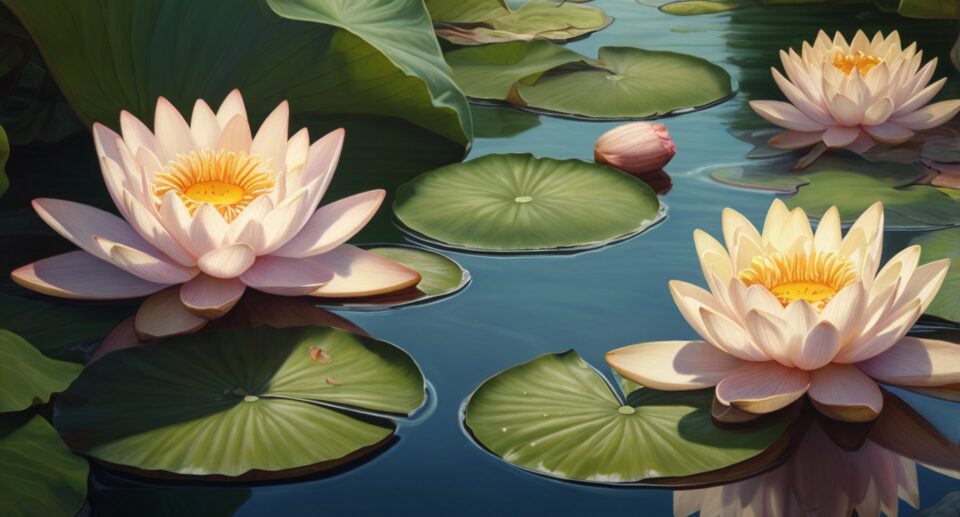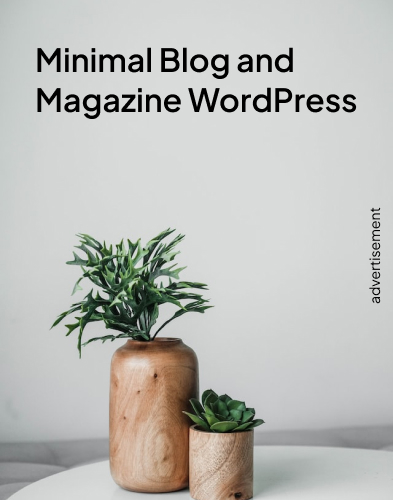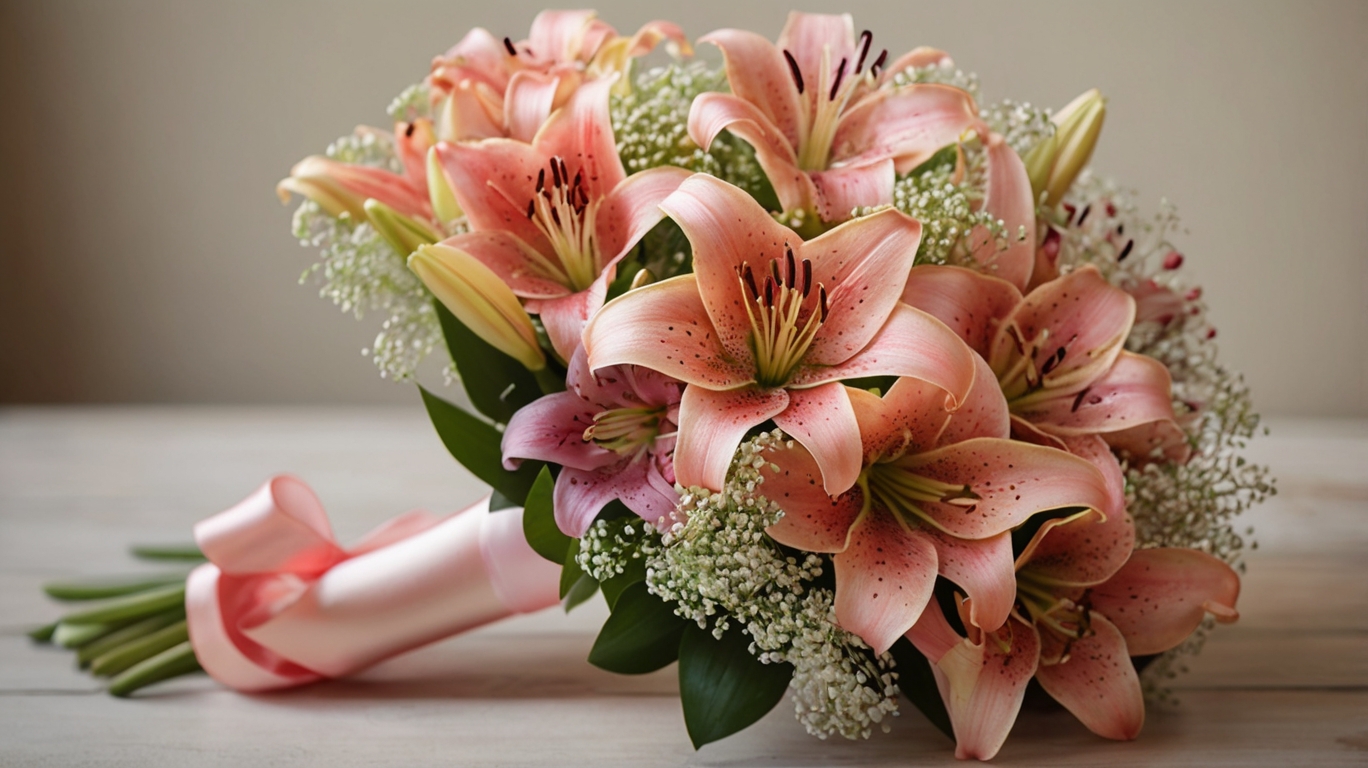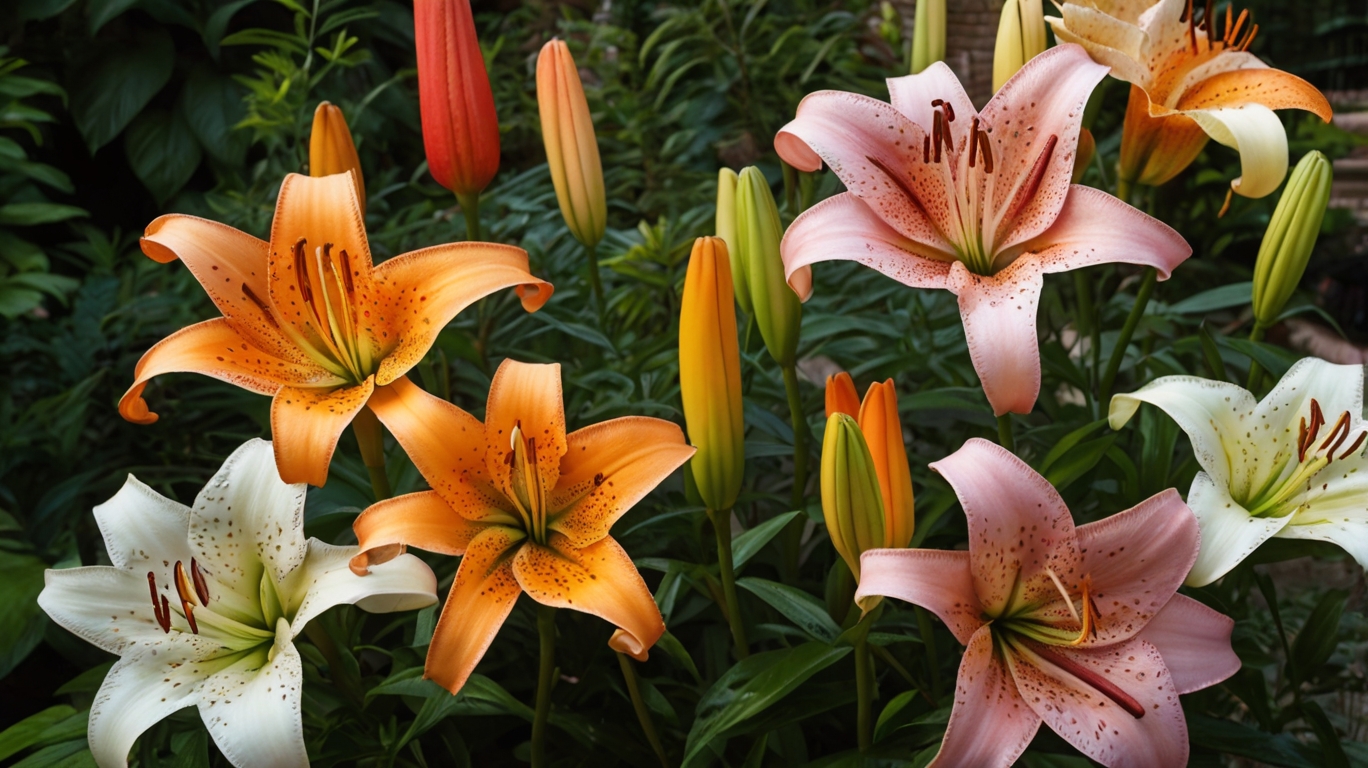How Often Does a Peace Lily Flower? Full Blooming Guide #1
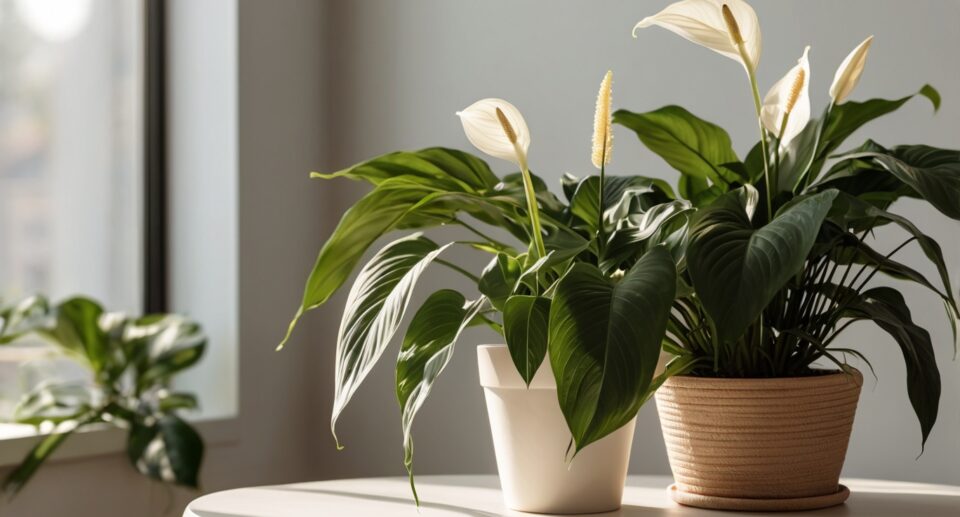
Peace lilies are popular houseplants because of their beautiful white flowers and ability to clean the air. If you’ve ever asked yourself, “How often does a peace lily flower?“ — you’re definitely not the only one. Knowing how often and why these plants bloom can help you take better care of them and enjoy more flowers throughout the year.
This guide will walk you through everything you need to know about how often peace lilies bloom, what affects their blooming cycle, and how you can help them flower more often.
Introduction to Peace Lilies
The peace lily (Spathiphyllum spp.) is a tropical, evergreen plant native to Central and South America. Despite its name, the peace lily is not a true lily but is part of the Araceae family, related to the calla lily and philodendron.
Key characteristics of peace lilies:
-
Iconic white “flowers” (actually modified leaves called spathes)
-
Dark green foliage
-
Low maintenance requirements
-
Known air-purifier (removes VOCs like benzene and formaldehyde)
As a popular houseplant, many owners anticipate the moment their peace lily begins to bloom. But how often does a peace lily flower, and what can you do to increase those blooming cycles?
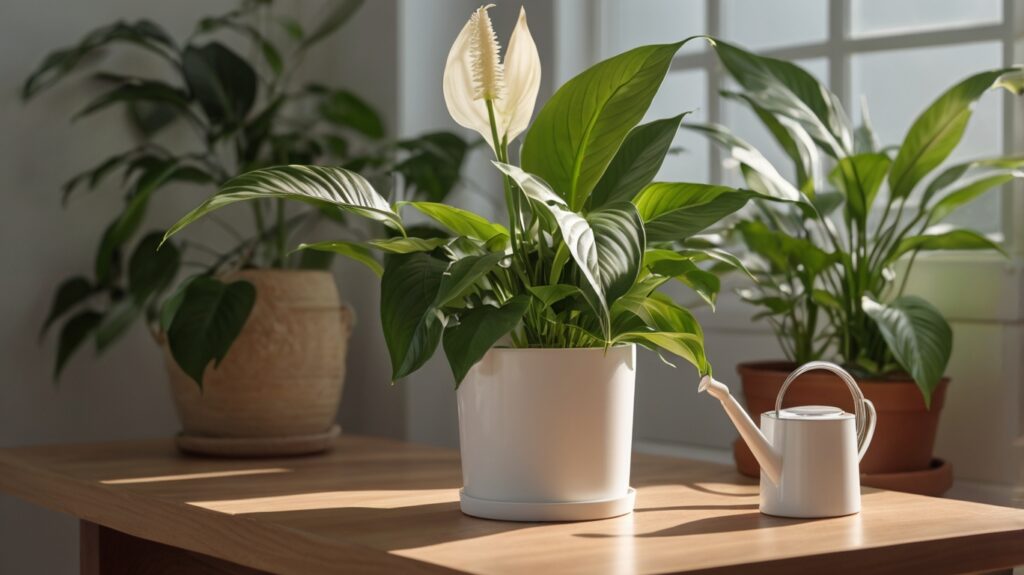
How Often Does a Peace Lily Flower?
In short, peace lilies usually bloom twice a year, most often in the spring and sometimes again in the fall.
However, if the plant is getting perfect care—like the right amount of light, water, and nutrients—it might bloom three or even four times a year. On the other hand, if it’s not getting what it needs, it might not bloom at all. How often a peace lily flowers really depends on things like how old the plant is, how much light it gets, and how well it’s taken care of.
Average Blooming Schedule:
| Season | Expected Blooming Activity |
|---|---|
| Spring | High likelihood of blooms |
| Summer | Occasional blooming if cared for |
| Fall | Moderate chance of rebloom |
| Winter | Rare or no blooming |
Factors Affecting Peace Lily Bloom Frequency
A peace lily’s blooming cycle isn’t just based on the time of year — it depends on several environmental and biological factors. Here’s what plays a big role in how often your peace lily will flower:
1. Light Exposure
Peace lilies need bright, indirect sunlight to bloom well. If the plant isn’t getting enough light, it may grow healthy green leaves but won’t produce flowers.
-
Too little light: You’ll see lots of leaves, but no blooms.
-
Too much direct sun: The leaves may get scorched and the plant can become stressed.
2. Plant Age
Young peace lilies (less than a year old) usually don’t flower. Most plants need to be at least 2–3 years old before they settle into a regular blooming routine.
3. Humidity & Temperature
Peace lilies are tropical plants, so they love warm temperatures and high humidity. Ideally, keep them in a space that stays between 65°F and 85°F (18°C–29°C).
4. Watering Routine
Getting the watering right is crucial. Peace lilies prefer soil that’s evenly moist but not soggy.
-
Water when the top inch of soil feels dry to the touch.
-
Don’t let the plant sit in standing water — it can lead to root rot.
5. Fertilization
Without enough nutrients, peace lilies won’t have the energy to produce flowers. Use a balanced liquid fertilizer (like 10-10-10 or 20-20-20) every 4–6 weeks during the spring and summer months.
6. Pot Size
If the pot is too big or too small, the roots can get stressed, which affects blooming. Repot your peace lily every 1–2 years to give it room to grow but keep it snug enough to encourage flowers.
How to Encourage Peace Lilies to Flower More Often
Now that you know what affects how often a peace lily blooms, let’s look at some practical ways to help your plant flower more often.
🌿 Easy Tips to Boost Blooming:
-
Give it the right light: Place your peace lily near an east- or north-facing window where it gets bright but filtered sunlight.
-
Keep the air humid: Peace lilies like humidity levels of 50% or more. They won’t bloom well in dry air.
-
Feed it regularly: During spring and summer, use a balanced fertilizer (like 10-10-10 or 20-20-20) every 4–6 weeks.
-
Repot when needed: If your plant is rootbound (when roots fill the pot), give it a slightly bigger pot. Not too big—peace lilies like a snug fit.
-
Follow nature’s rhythm: In winter, water less to mimic the plant’s natural resting period. Then increase watering again in spring to encourage new blooms.
💡 Bonus Tip:
If your home has dry air (especially in winter), place your peace lily on a humidity tray or use a humidifier. The extra moisture helps it stay healthy and bloom more often.
Common Flowering Problems and Solutions
If your peace lily isn’t blooming as often as you’d like, don’t worry — this is a common issue, and usually easy to fix. Here are the top reasons your peace lily might not be flowering, and what you can do about it:
1. Not Enough Light
-
What to look for: The plant has healthy, green leaves but no flowers.
-
How to fix it: Move your peace lily to a spot with bright, indirect sunlight — like near a window with filtered light.
2. Overwatering
-
What to look for: Yellowing leaves, soggy soil, or signs of root rot.
-
How to fix it: Only water when the top inch of soil feels dry. Make sure the pot has good drainage and never let it sit in standing water.
3. No Fertilizer or Poor Nutrition
-
What to look for: Pale, weak growth and no signs of flowering.
-
How to fix it: Use a balanced liquid fertilizer (such as 10-10-10) once a month during the growing season (spring and summer).
4. Rootbound Plant
-
What to look for: Stunted growth, crowded roots, or roots growing out of the drainage holes.
-
How to fix it: Repot your peace lily into a slightly larger pot to give the roots more space, but not so large that it feels lost.
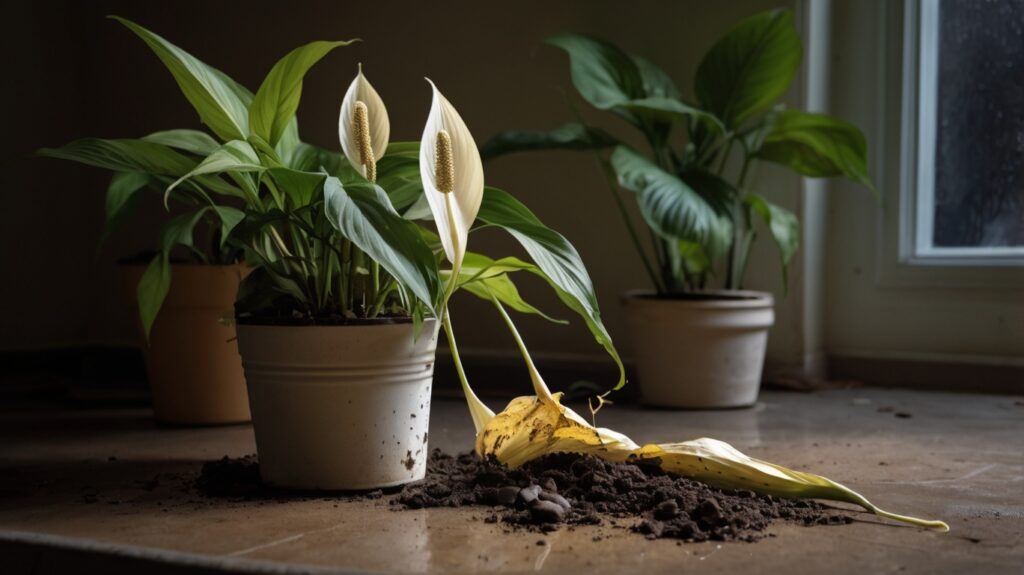
Best Peace Lily Care Tips for Frequent Blooming
Keeping your peace lily healthy is the secret to helping it bloom more often. Here’s a breakdown of what your plant needs for overall health and regular flowering:
🌞 Light Requirements
-
Best: Bright, indirect sunlight (like near an east or north-facing window)
-
Avoid: Direct sunlight (can burn leaves) and full shade (not enough energy to bloom)
🌱 Soil Mix
-
Use a well-draining, peat-based potting mix
-
Mix in perlite or orchid bark to improve airflow and drainage
💧 Watering Schedule
-
Water about once a week or when the top inch of soil feels dry
-
Make sure the pot has drainage holes to prevent soggy roots
🌿 Fertilizing
-
Use a balanced houseplant fertilizer (like 10-10-10 or 20-20-20) every 4–6 weeks during spring and summer
-
Avoid high-nitrogen formulas—they encourage leafy growth but reduce flowering
🌡️ Temperature & Humidity
-
Keep the plant in temperatures above 60°F (15°C) at all times
-
For best results, mist the leaves or use a humidifier to keep humidity levels high
Peace Lily Blooming Myths Debunked
🌼 Peace Lily Flowering Myths—Busted!
There’s a lot of confusion out there about peace lily blooms. Let’s clear up a few common myths and get to the facts:
❌ Myth 1: Peace lilies bloom all year round
✅ Fact: Most peace lilies bloom once or twice a year, typically in spring and sometimes again in fall. Year-round blooms are uncommon, even in ideal conditions.
❌ Myth 2: More fertilizer means more flowers
✅ Fact: Over-fertilizing can burn the roots and actually reduce blooming. Stick to a balanced fertilizer every 4–6 weeks during the growing season.
❌ Myth 3: Peace lilies love direct sunlight
✅ Fact: Direct sunlight can scorch the leaves and stress the plant. Peace lilies thrive in bright, indirect light—not harsh sun.
Frequently Asked Questions
How long do peace lily flowers last?
Typically, each bloom lasts 4–6 weeks, gradually fading from bright white to green before dying back.
Should I cut off dead flowers?
Yes! Prune faded blooms at the base of the stalk to encourage new growth and prevent disease.
Can peace lilies bloom indoors?
Absolutely. In fact, they are specifically cultivated to bloom indoors, given proper care.
Is it normal for a peace lily to not flower?
Yes, especially if it’s young or if growing conditions aren’t optimal. Address light, fertilizer, and watering routines.
Conclusion
In the right conditions, a peace lily typically blooms twice a year—usually in spring and fall. With excellent care, some peace lilies can bloom even more often.
✅ Key Takeaways for Encouraging More Blooms:
-
Give it bright, indirect light
-
Keep watering and humidity consistent
-
Use a balanced fertilizer during the growing season
-
Repot when the plant becomes rootbound
-
Be patient—young plants need time to mature before they start blooming regularly
With the right care and attention, your peace lily can become a beautiful, low-maintenance bloomer that adds elegance and calm to any room.
Click the link below to buy “FLOWER Retro Wooden Stand Plant Terrarium with 3 Bulb Glass Vases for Hydroponic Home & Office Décor”

Click Here
“Click the link below to buy “6-inch modern ceramic planter with glaze, drainage hole, and saucer for indoor & outdoor plants.”
